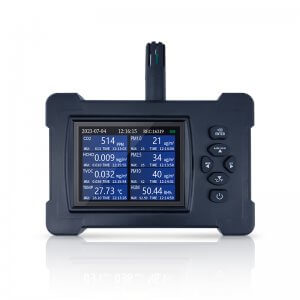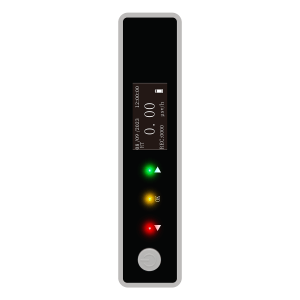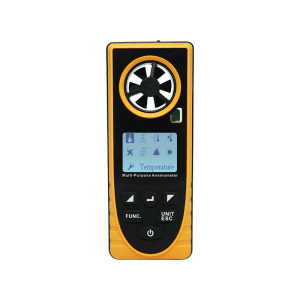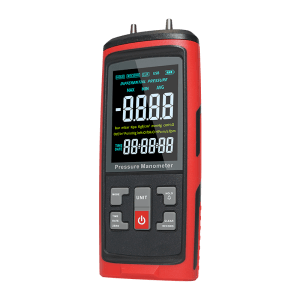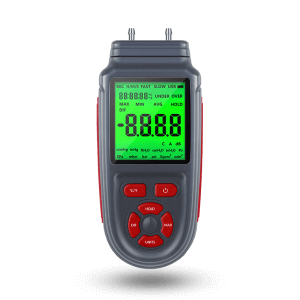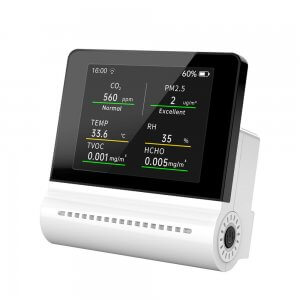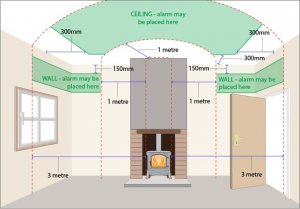In 2013, the Ministries of Environment and Health launched the Action Plan on indoor air quality. This plan provides for short, medium and long-term actions to improve air quality in enclosed spaces, including:
@the creation of a general public application to improve the air quality in one’s home:
@the implementation of air quality monitoring in certain establishments open to the public, including schools and nurseries;
@the implementation of monitoring in places with specific pollution
such as underground railway enclosures;
reducing exposure to the main sources of indoor air pollution (deodorizing products: incense, candles, diffusers, cleaning products and furniture, etc.), by working in particular on the information and labeling of these products ;
the gradual ban on the use of perchlorethylene in dry cleaners;
the publication of guide values for indoor air;
support for the development of the interior environment adviser profession.
Operation “A good air in my school”
In school buildings, there are many possible sources of emissions of polluting substances: building materials, paint, furniture, heating appliances, cleaning products, materials used for various activities (glues, paint, markers, etc.).
Poor indoor air quality can promote the emergence of various symptoms: headaches, fatigue, irritation of the eyes, nose, throat, skin, dizziness, allergic symptoms, asthma.
Conversely, good indoor air quality, and in particular sufficient ventilation of classrooms, has positive effects: reduced absenteeism, well-being of occupants, better learning for children.
In order to support the implementation of the mandatory indoor air quality monitoring system in primary schools, a draft educational activity booklet for children has been produced. This can be used by teachers to raise children’s awareness of indoor air quality in their school.

